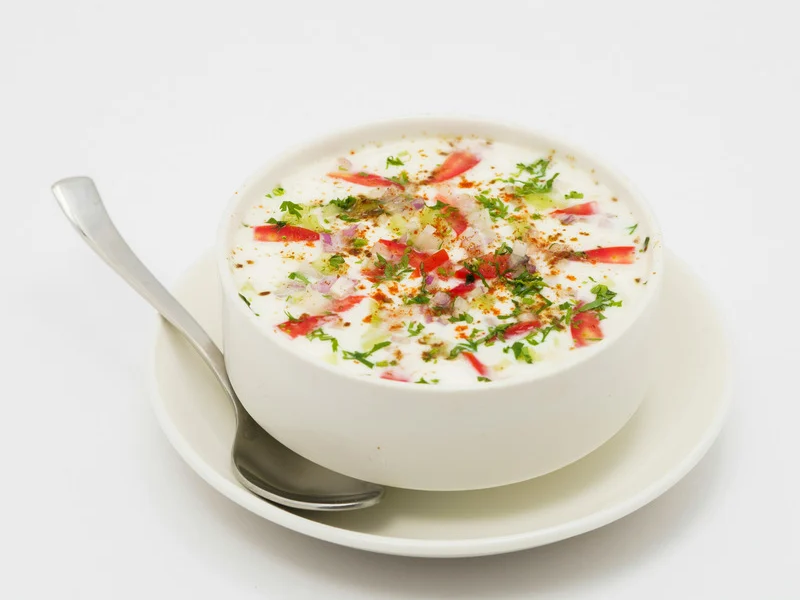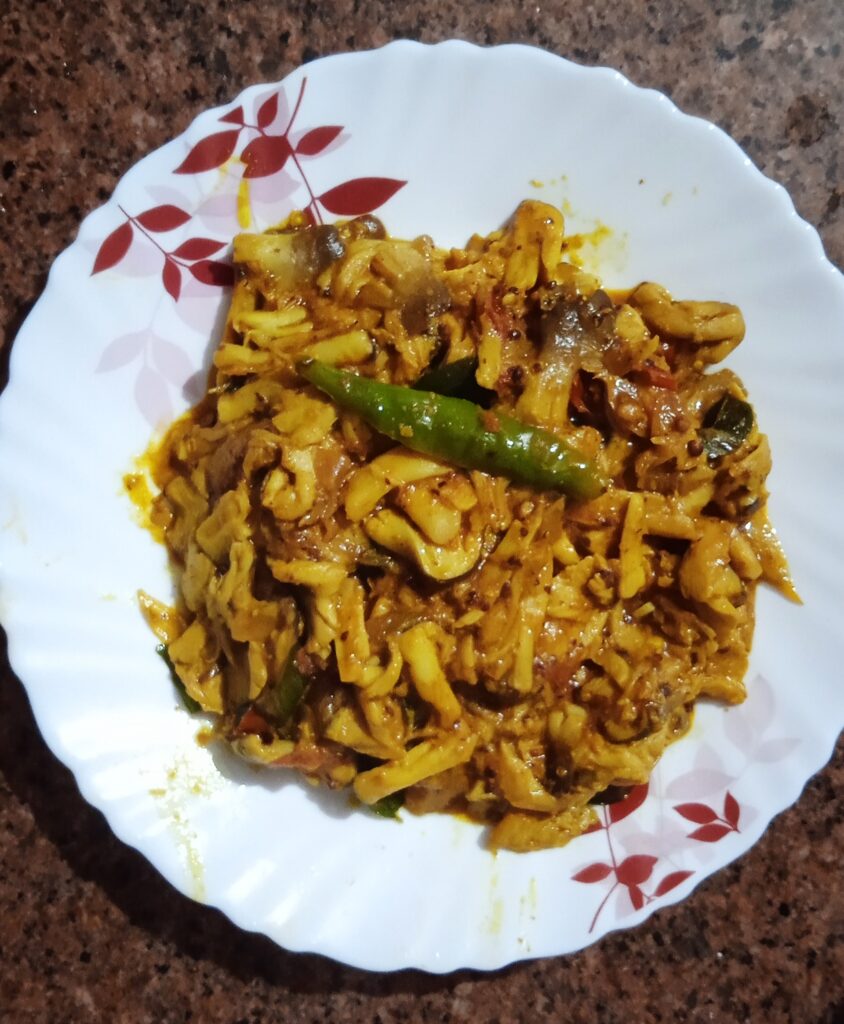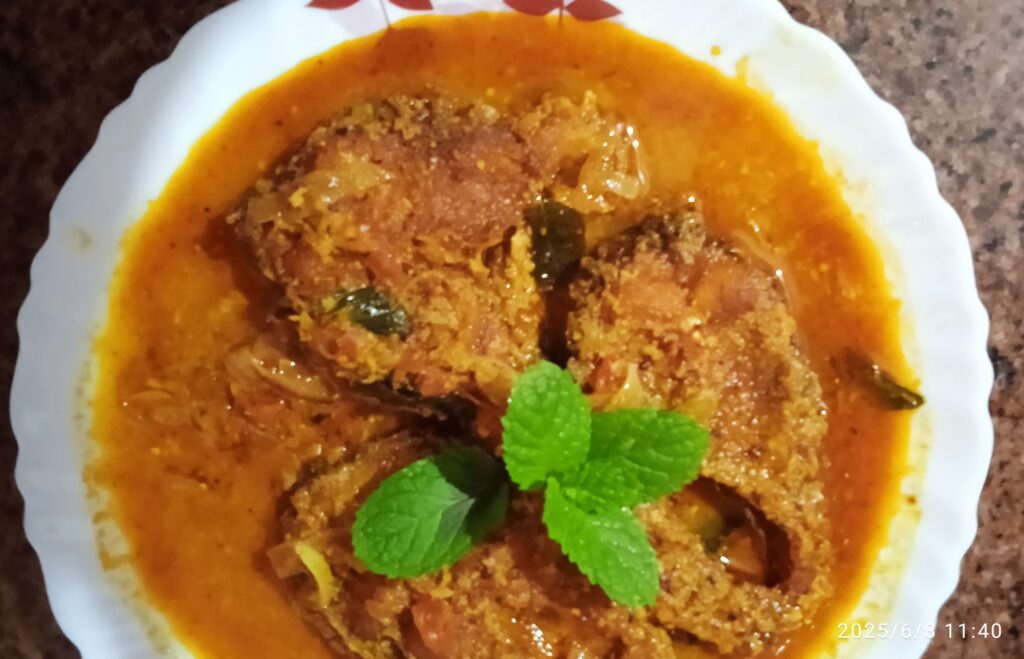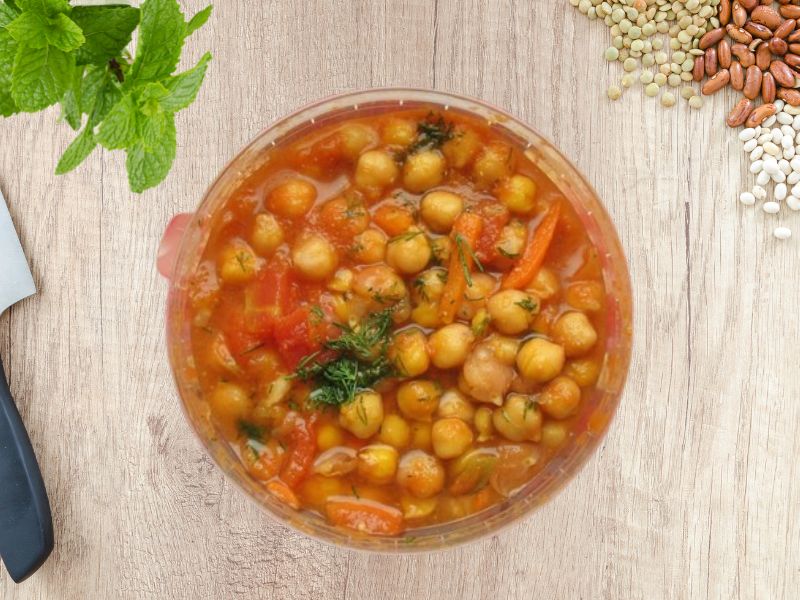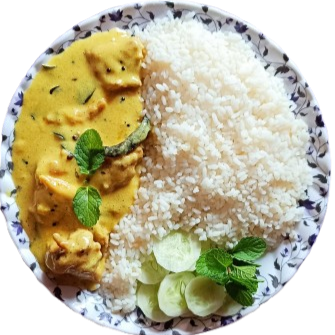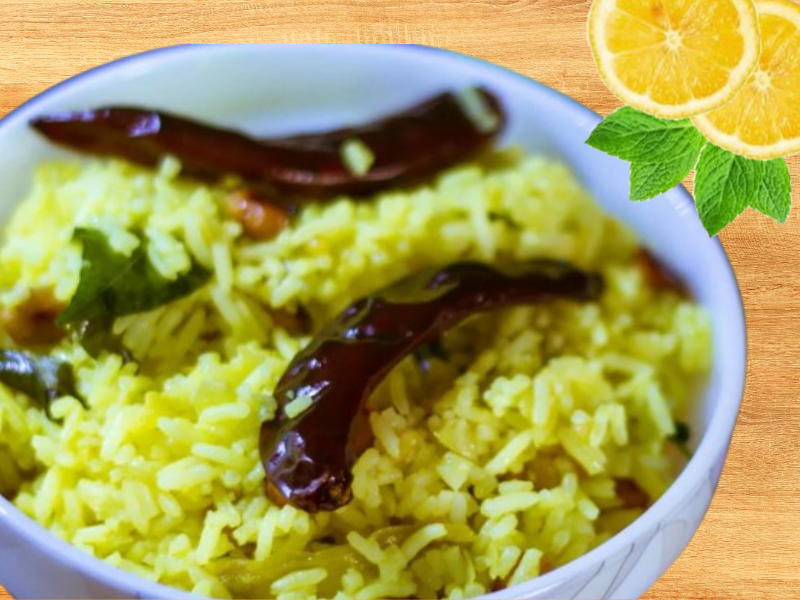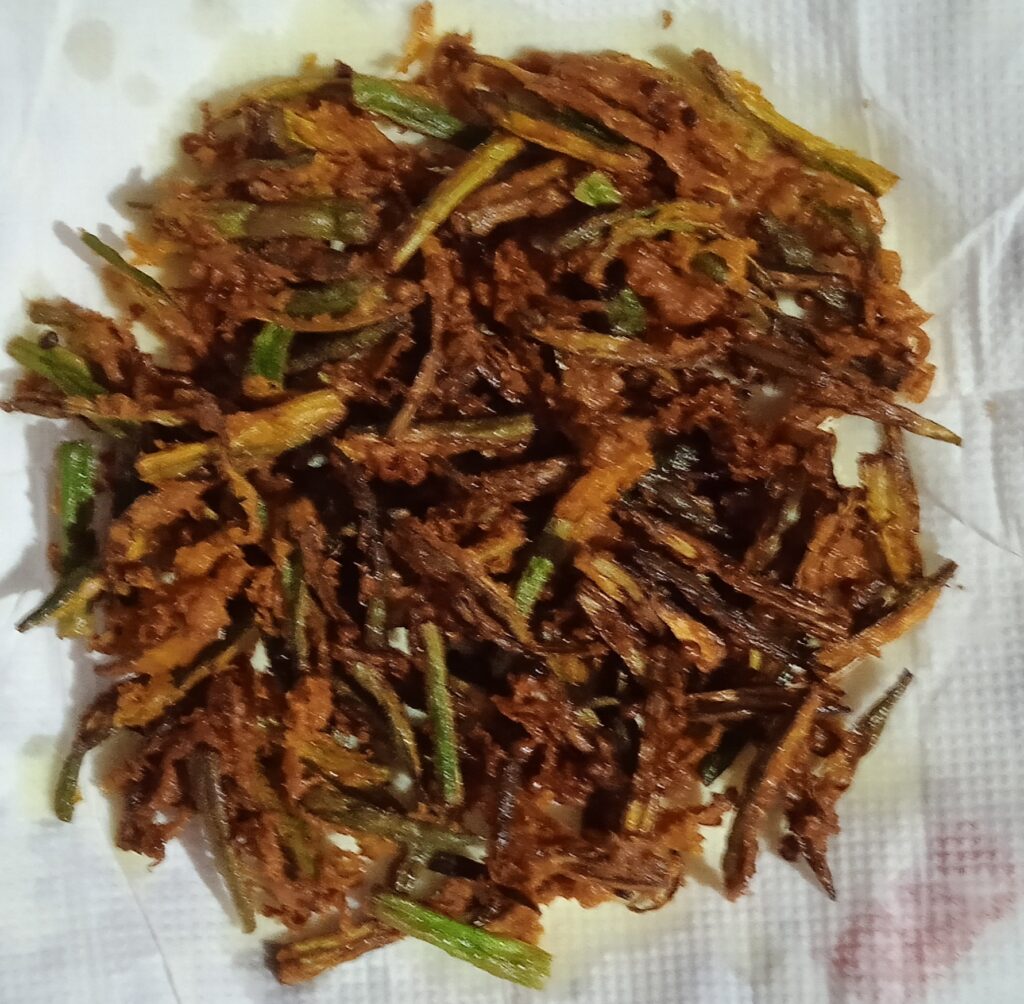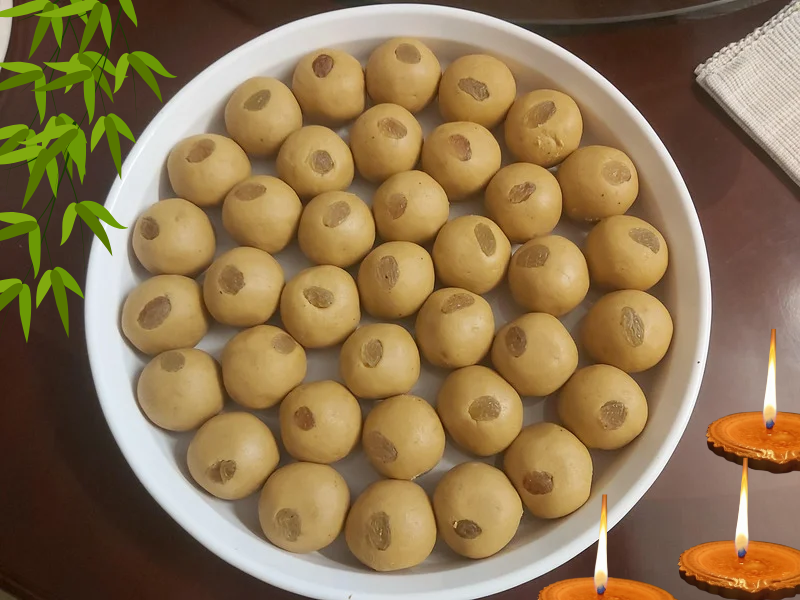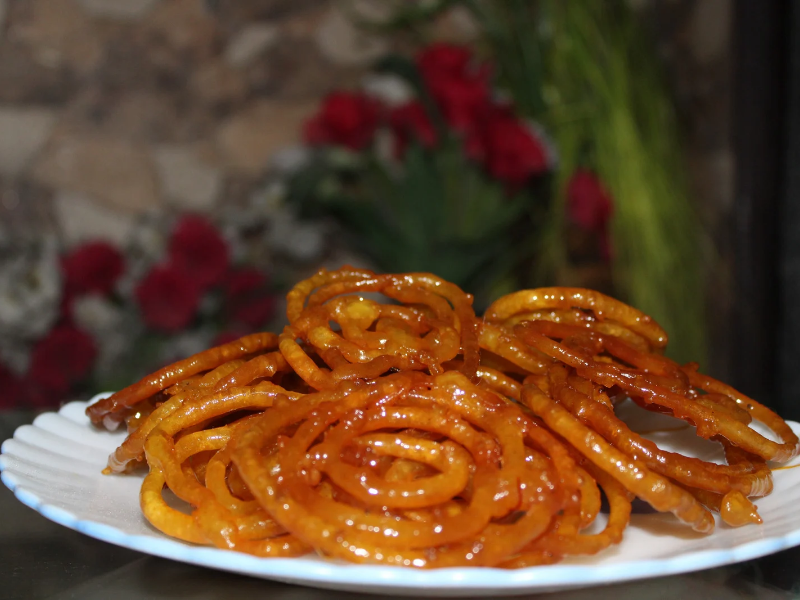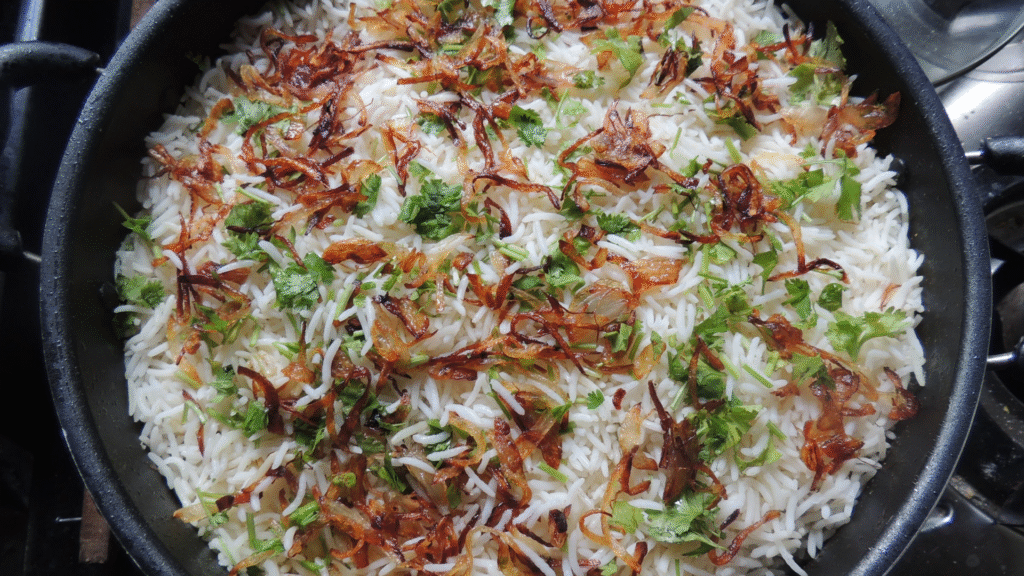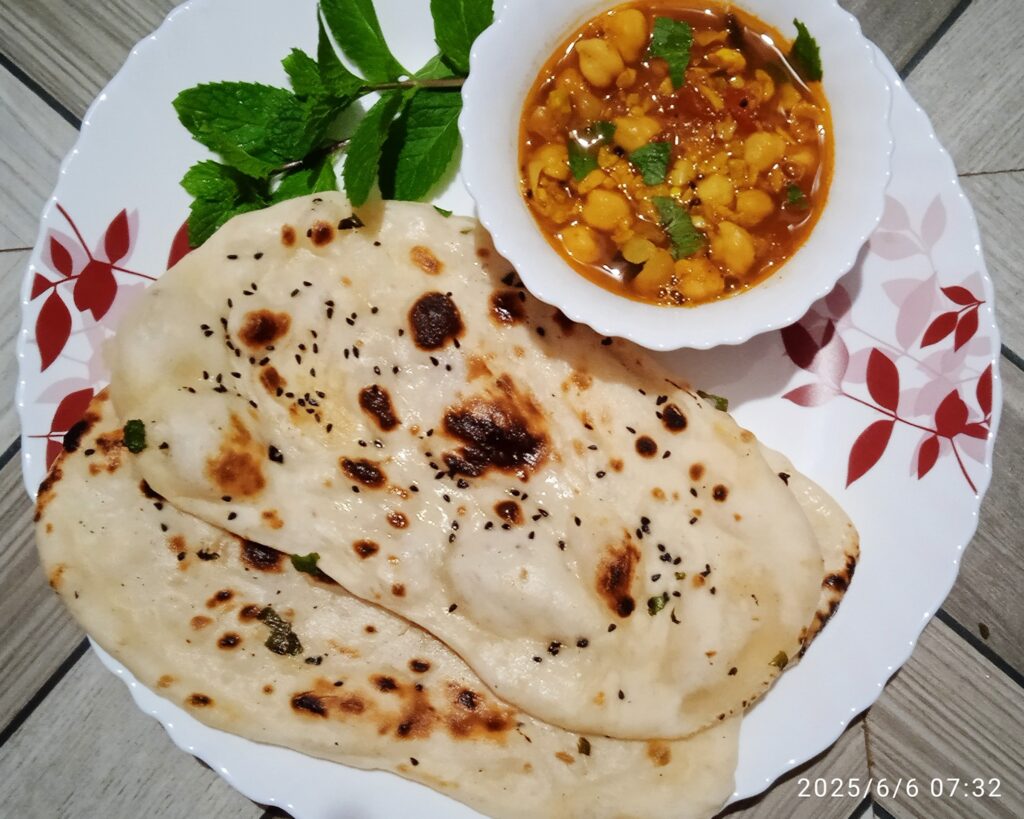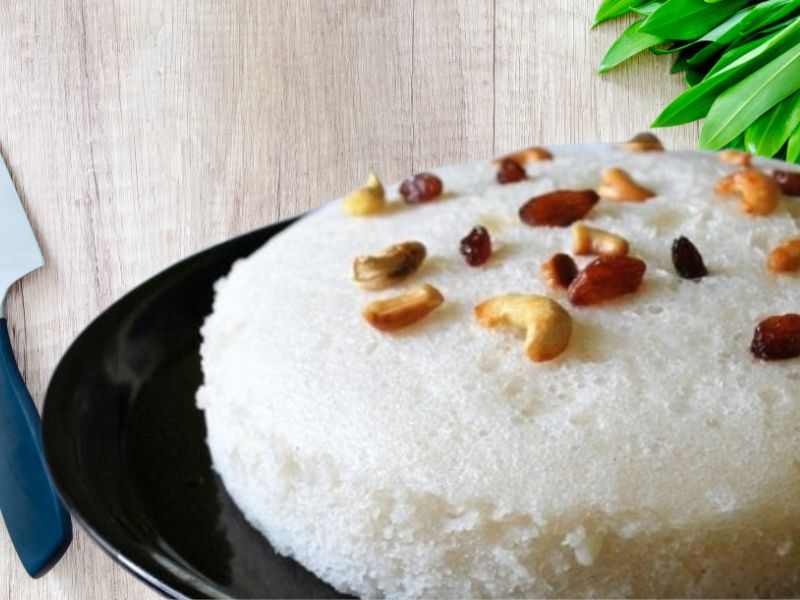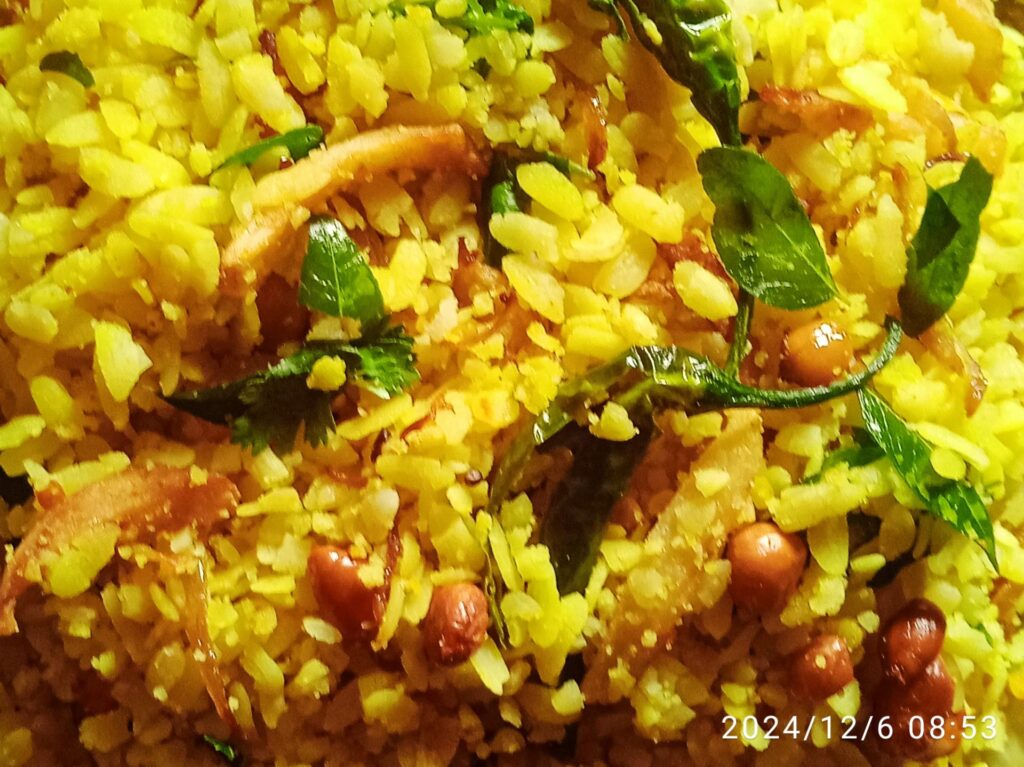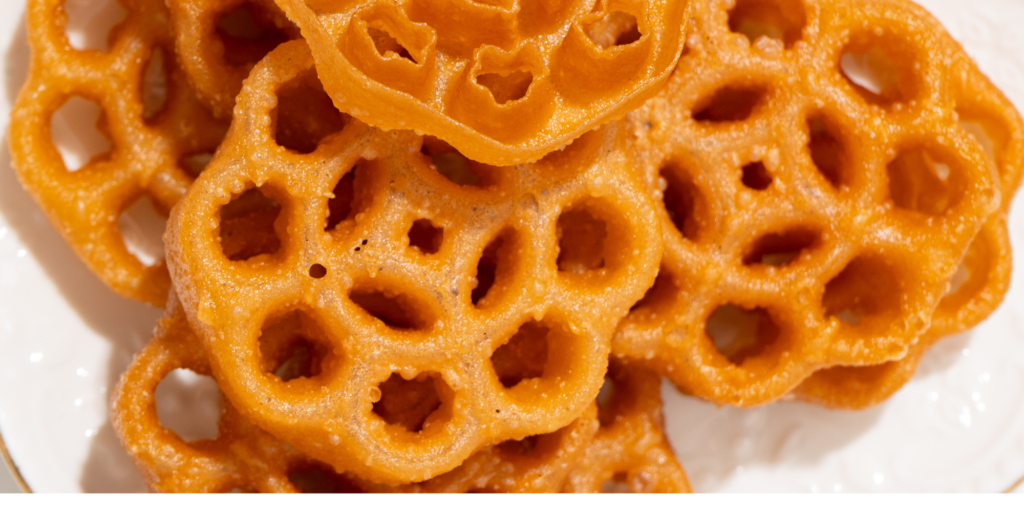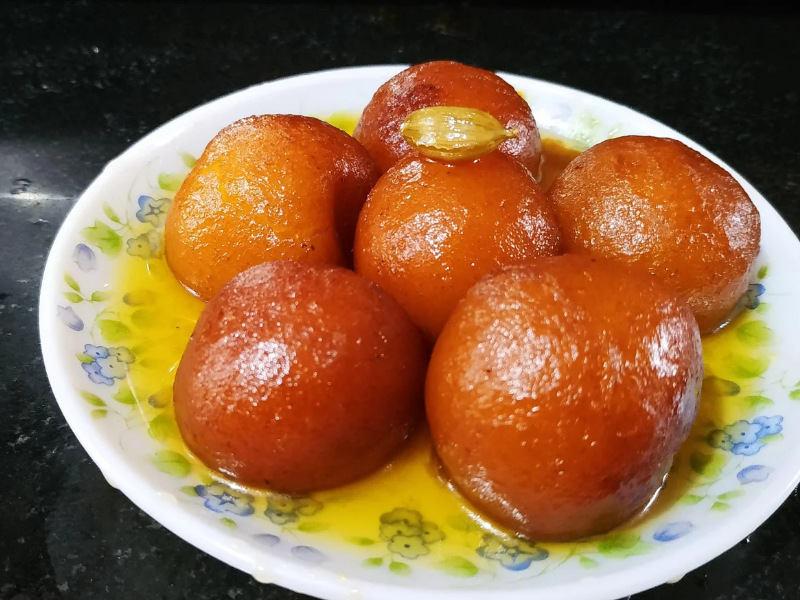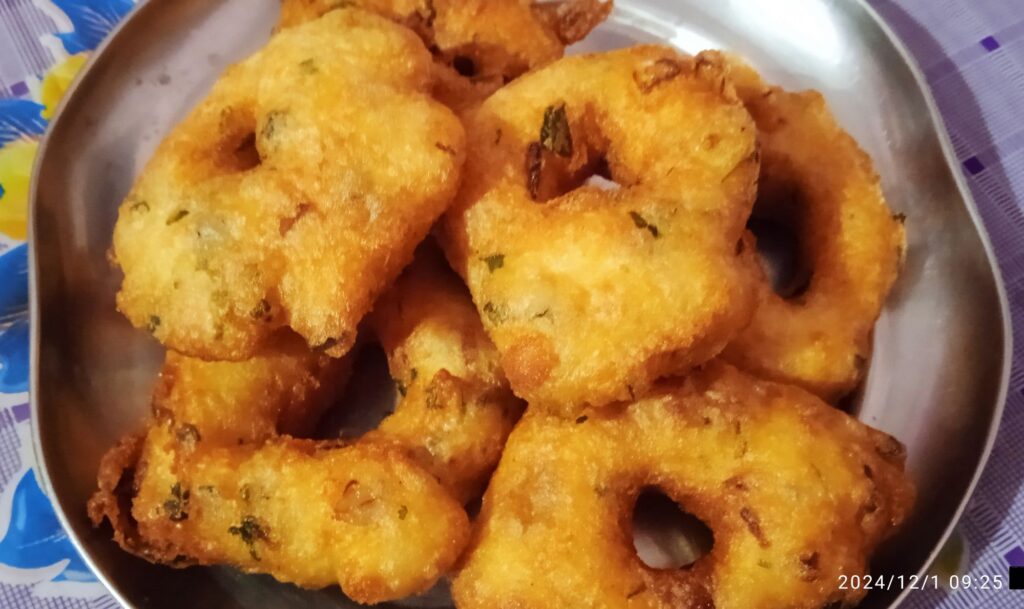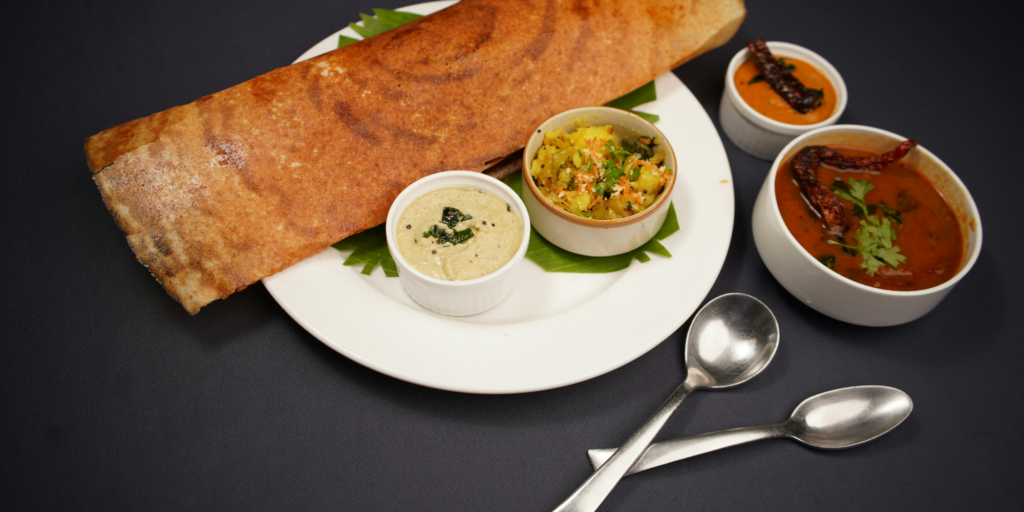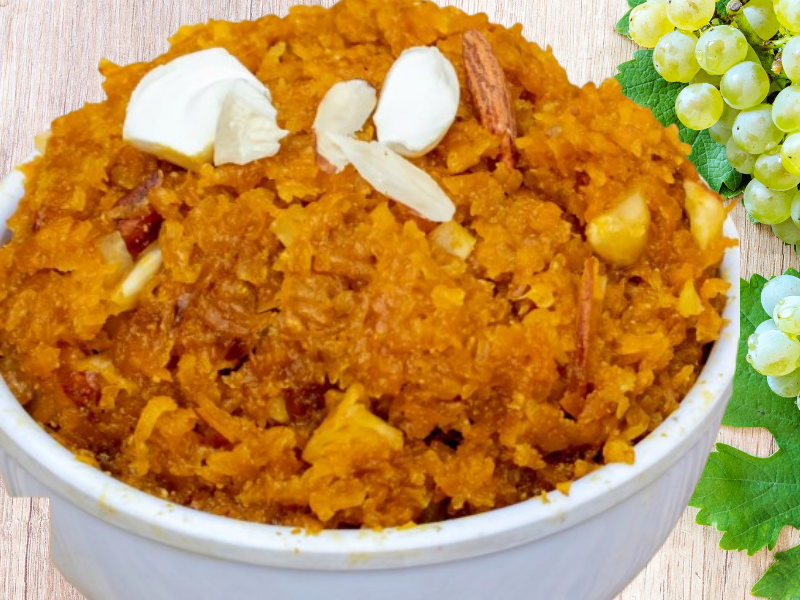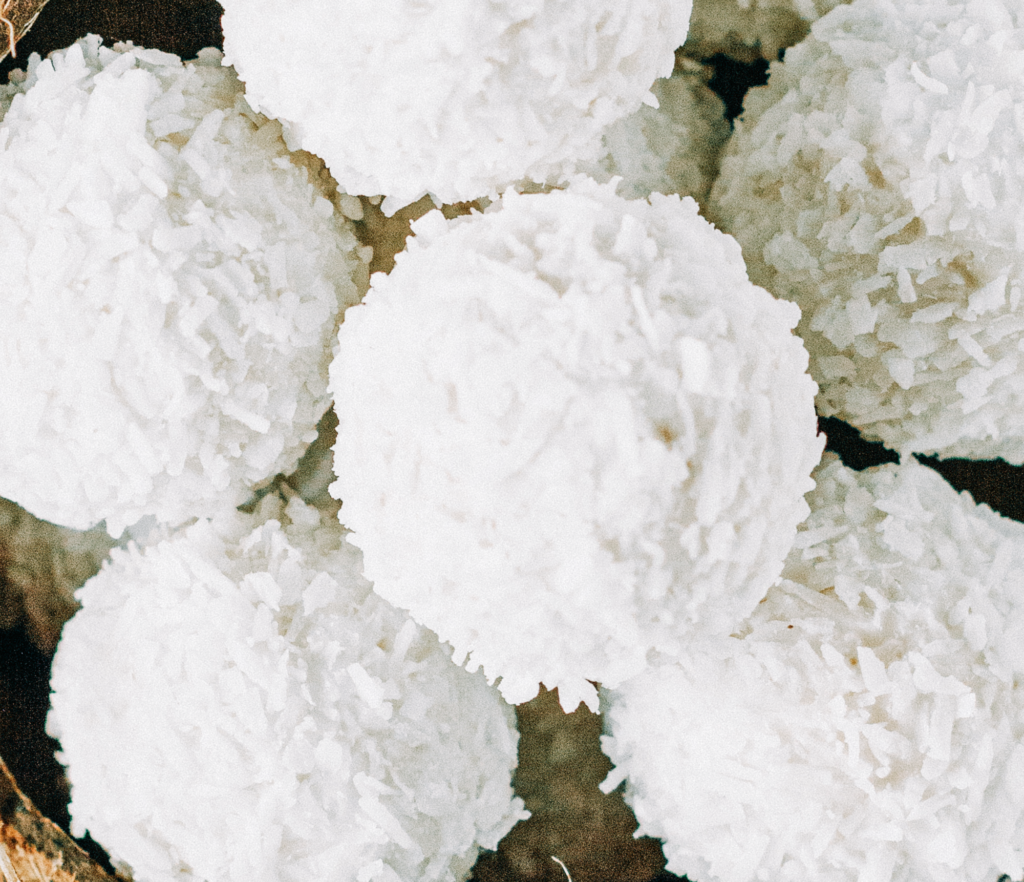Mutton/Goat Curry | Kosha Mangsho is a bold and flavorful Bengali-style curry made with tender goat meat, mustard oil, caramelized onions, tomatoes, and a blend of aromatic spices. Slow-cooked to perfection, it has a rich, thick gravy that pairs beautifully with steamed rice or paratha—perfect for indulgent weekend meals!

There’s something timeless and comforting about a slow-cooked mutton curry — or as it’s known across different regions, mutton masala gravy, kosha mangsho, goat curry, or even lamb curry recipe in Western kitchens. This Eastern Indian-style mutton curry skips the marination but still delivers a depth of flavor that comes from careful layering of spices, slow cooking, and instinctive home-style techniques passed down through generations. The beauty of this dish lies in its simplicity — no yogurt, no overnight prep, just the rich aroma of mustard oil, whole spices, and tender meat cooked with love.
As the mutton cooks, it releases its own juices — yes, mutton naturally leaves water while cooking — which blends with the caramelized onions and spices to form a thick, intensely flavorful gravy. This natural moisture helps develop a deep flavor, especially when you keep the lid on during the initial stages of cooking. The result is a masala-rich gravy without adding extra water early on. Interestingly, Mutton/Goat Curry | Kosha Mangsho, lamb curry recipe has different names, but the soul of the dish remains the same: a hearty meat curry cooked patiently, often on weekends or special occasions.
A Note on Flavor and Technique
In this Mutton/Goat Curry | Kosha Mangsho| Lamb curry recipe, the richness comes not from cream or nuts but from well-browned onions and the meat’s own juices. The key to avoiding overpowering garam masala flavor is to use it in moderation — just enough to enhance, not dominate. If you’ve accidentally added too much and the dish tastes too strong, adding a squeeze of lemon juice or simmering it a bit longer can often balance the taste.
This recipe doesn’t rely on shortcuts like marination — instead, the slow kosha (bhuna) method infuses the mutton with flavor as it cooks. The result is a dish with deep, complex layers, just like the traditional recipes from kitchens in Bengal, Odisha, and Bihar.
Mutton/Goat Curry | Kosha Mangsho Ingredients
- Mutton (bone-in goat or lamb meat) – 500 g
- Mustard oil – 4 tbsp
- Bay leaves – 2
- Cumin seeds – 1 tsp
- Green cardamom – 4
- Cloves – 4
- Cinnamon stick – 1-inch
- Onion – 3 large, thinly sliced
- Garlic – 8 cloves, crushed
- Ginger – 2-inch piece, grated
- Tomato – 2 medium, chopped or pureed
- Turmeric powder – ½ tsp
- Red chili powder – 1 tsp
- Coriander powder – 1½ tsp
- Garam masala – ½ tsp
- Salt – to taste
- Warm water – 1½ cups
- Coriander leaves – for garnish (optional)
Mutton/Goat Curry | Kosha Mangsho Step By Step Photo Guide
1. Prepare the base:
- Heat mustard oil in a heavy-bottomed kadai or pressure cooker until it starts to smoke slightly. Reduce the flame.
- Add bay leaves, cumin seeds, cardamom, cloves, and cinnamon. Saute for a few seconds until fragrant.
2. Saute the aromatics:
- Add sliced onions and fry on medium heat until golden brown. This takes about 10–12 minutes and is crucial for the flavor.
- Add ginger and garlic. Saute until the raw smell disappears completely.
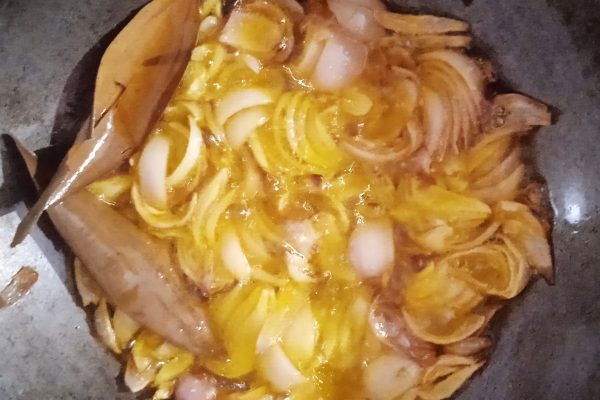
3. Build the masala:
- Add tomatoes and cook until they break down and the oil separates.
- Mix in turmeric, red chili, and coriander powder. Stir well and fry the masala until everything becomes a thick, dark paste.
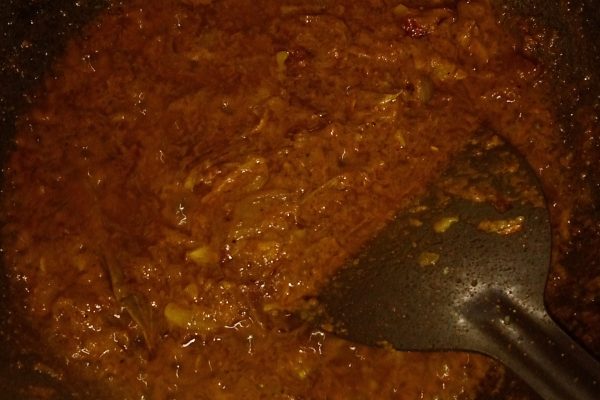
4. Cook the mutton:
- Add the raw mutton pieces and stir to coat them well with the masala.
- Let the mutton cook uncovered for 10–15 minutes. It will begin to release water — don’t add extra water at this point.
- Stir occasionally and scrape the bottom to avoid burning.
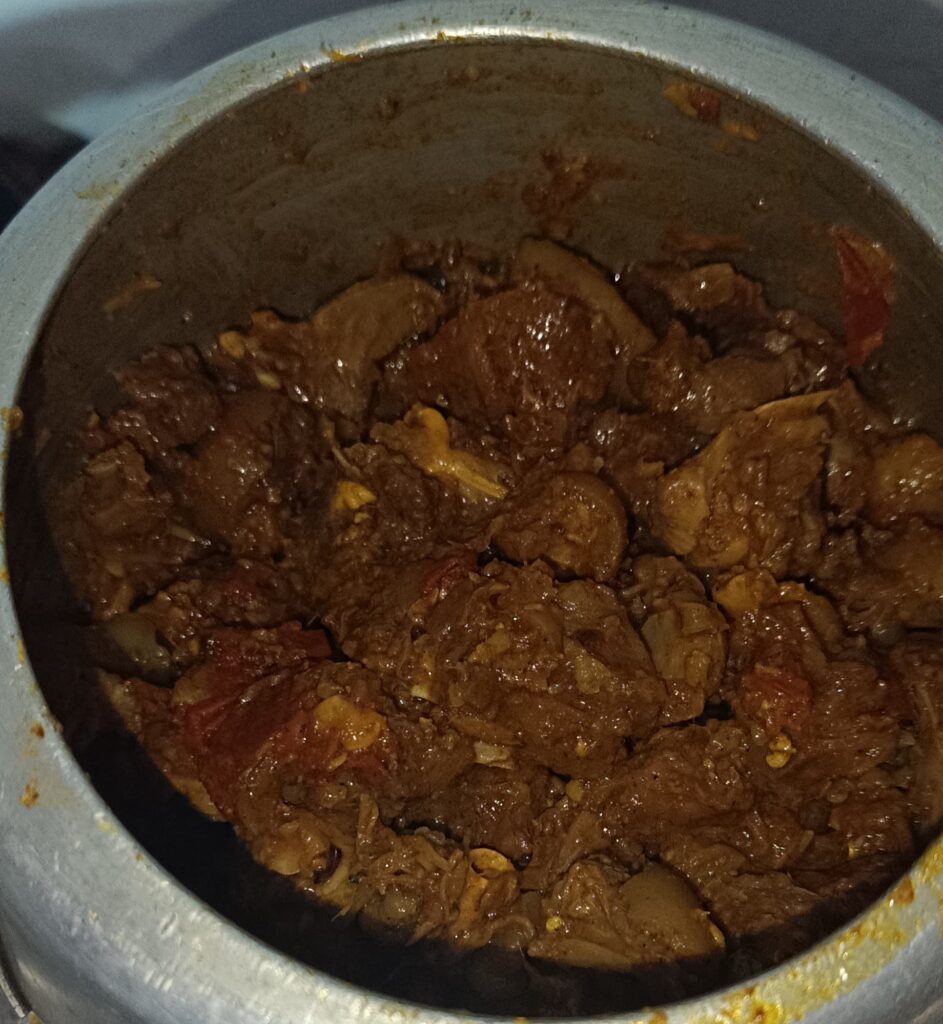
5. Simmer or pressure cook:
- Add 1½ cups warm water. Mix well.
- Cover and slow simmer on low heat for 45–60 minutes, or pressure cook for 3–4 whistles on medium heat.
6. Final touch:
- Add garam masala and stir. Be careful not to add too much — while garam masala adds warmth, using too much can sometimes make the curry taste slightly bitter. If that happens, adding a splash of cream, a cube of butter, or even a little more tomato can help mellow the bitterness.
- Simmer uncovered for another 5–10 minutes to thicken the gravy.
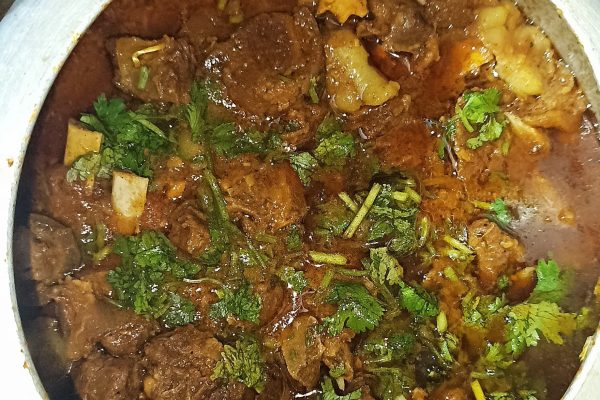
7. Serve Hot
- Garnish with chopped coriander.
- Serve with steamed rice, basmati pulao, roti, or paratha.

What is the Secret to a Good Mutton/Goat Curry | Kosha Mangsho ?
Making a truly flavorful mutton curry takes more than just following a recipe — it’s an art that balances timing, spice, and technique. Here are some essential secrets to make your mutton curry rich, aromatic, and deeply satisfying:
1. Choose Good Quality Mutton
Always go for fresh, bone-in goat meat or lamb, preferably from the shoulder or leg cuts. Bones release collagen during cooking, enriching the gravy with body and flavor.
2. Saute Onions Until Deep Brown
The base of any great mutton curry is slow-cooked, well-caramelized onions. Don’t rush this step — browning the onions properly brings out their sweetness and gives the curry a rich color and taste.
3. Fry the Masala Thoroughly (Kosha/Bhuna)
A good mutton curry, especially styles like kosha mangsho, relies on frying the spices and meat together until the oil separates. This intensifies the flavor and coats the meat with a rich, thick masala.
4. Let the Mutton Cook in Its Own Juices
Mutton naturally releases water during cooking. Start by dry-roasting it in the masala before adding extra water. This process infuses the meat with all the masala flavors.
5. Don’t Overuse Garam Masala
While garam masala is important, too much of it — especially if added early — can overpower the curry or make it bitter. Always add it toward the end for warmth and aroma.
6. Use Mustard Oil for Authentic Flavor
In Eastern Indian styles, mustard oil isn’t optional — it’s essential. Its pungent depth enhances the earthy flavor of mutton curry. Be sure to heat it until it smokes to reduce its sharpness.
7. Simmer Slowly and Patiently
Mutton takes time to tenderize. Slow cooking allows the flavors to deepen and the meat to become soft without falling apart. A good curry isn’t rushed.
8. Rest Before Serving
Letting your mutton curry sit for 15–20 minutes after cooking helps the flavors settle and intensify, especially if you’re serving it later with rice or paratha.
Frequently Asked Questions (FAQS)
Q1: How do I make my mutton curry taste richer?
To make mutton curry taste richer, saute onions until deep golden brown, roast the spices (bhuna) well, and cook the meat slowly to develop layers of flavor. Using mustard oil, bone-in cuts, and simmering the curry until the oil separates will also enhance richness.
Q2: How many whistles for 1 kg of mutton in a pressure cooker?
For 1 kg of mutton, pressure cook for 5 to 6 whistles on medium heat, then allow the pressure to release naturally. After that, simmer the curry uncovered for another 10 minutes to thicken and deepen the flavor.
Q3: Why is my goat curry tough?
Goat curry can turn out tough if the meat hasn’t been cooked long enough or if you’re using lean cuts without enough fat or connective tissue. Slow cooking or pressure cooking for the right duration is essential to make mutton tender.
Q4: What is mutton curry called in different regions?
Mutton curry goes by many names depending on the region:
- Kosha Mangsho in Bengal
- Mangsa Tarkari in Odisha
- Goat Curry in general English usage
- Lamb Curry when lamb is used instead of goat
- Mutton Masala Gravy in many parts of India
Q5: How can I thicken mutton curry?
Let the curry simmer uncovered after cooking to reduce the liquid naturally. You can also mash some of the onions or meat pieces into the gravy. In some cases, a small amount of corn flour or mashed potato is used to add thickness.
Q6: Which part of mutton is best for curry?
The best parts for curry are shoulder, leg, or rib cuts with bones. These parts have the right balance of meat, fat, and connective tissue, which break down during cooking and create a richer, more flavorful curry.
Q7: Does mutton leave water while cooking?
Yes, mutton naturally releases water while cooking, especially if you cook it on medium to low heat in a covered pan. This helps develop flavor and eliminates the need to add too much extra water early on.
Q8: When should I add garam masala to a mutton curry?
Garam masala should be added towards the end of cooking. Adding it early can make the curry bitter or cause the aroma to fade during long cooking. A final sprinkle enhances flavor without overpowering the dish.
Recipe Card
Mutton Curry | Goat Curry
Ingredients
- Mutton bone-in goat or lamb meat – 500 g
- Mustard oil – 4 tbsp
- Bay leaves – 2
- Cumin seeds – 1 tsp
- Green cardamom – 4
- Cloves – 4
- Cinnamon stick – 1-inch
- Onion – 3 large thinly sliced
- Garlic – 8 cloves crushed
- Ginger – 2-inch piece grated
- Tomato – 2 medium chopped or pureed
- Turmeric powder – ½ tsp
- Red chili powder – 1 tsp
- Coriander powder – 1½ tsp
- Garam masala – ½ tsp
- Salt – to taste
- Warm water – 1½ cups
- Coriander leaves – for garnish optional
Method
- Heat mustard oil until slightly smoking. Lower heat. Add bay leaves, cumin, cardamom, cloves, and cinnamon. Sauté briefly until fragrant.
- Add sliced onions. Fry on medium heat until golden brown (10–12 min). Add ginger and garlic. Sauté until raw smell disappears.
- Add tomatoes. Cook until they break down and oil separates. Add turmeric, red chili, and coriander powder. Fry until it forms a thick paste.
- Add mutton and coat well in the masala. Cook uncovered for 10–15 min, stirring occasionally.
- Add 1½ cups warm water. Simmer covered on low for 45–60 min or pressure cook for 3–4 whistles on medium heat.
- Add garam masala. Simmer uncovered for 5–10 min. If curry tastes bitter, adjust with butter, cream, or tomato.
- Garnish with coriander. Serve with rice, pulao, roti, or paratha.
Notes
- Heat mustard oil until it smokes lightly.
- Fry onions until deep golden brown for rich flavor.
- Cook masala until oil separates.
- Sear mutton well before adding water.
- Add garam masala at the end — use sparingly.
- Rest curry 10–15 min before serving.
- Optional: Add fried potatoes for extra heartiness.
- For richer gravy, finish with ghee or butter.

